Join the author, Néstor T. Carbonell, as he shares a critical analysis of the Castro-Communist regime and explores the challenges and opportunities that will likely arise when freedom finally dawns in Cuba.
CHAPTER 8: Unheeded Warnings: The Looming Missile Crisis (August-October 1962)
Khrushchev’s Nuclear Decision (April-June 1962)
On April 12, the Kremlin authorized a significant increase in the shipments of military equipment to Cuba, this time including SA-2 surface-to-air missiles (four divisions of antiaircraft launchers with one hundred eighty missiles for them), ten IL-28 bombers, and four R-15 cruise missile launchers. In addition, a six-hundred-fifty-man contingent of Soviet military personnel was sent to the island to train the Cubans in using the advanced weapons system.
Later in April, during a trip to Crimea, Defense Minister Rodion Malinovsky drew Khrushchev’s attention to the US Jupiter missile bases just over the horizon of the Black Sea in Turkey. He reportedly told Khrushchev that while the US missiles in Turkey could hit the Soviet Union in ten minutes, Soviet missiles required twenty-five minutes to strike the United States. Khrushchev then pondered whether the Soviet Union shouldn’t do the same thing in Cuba, just ninety miles off the US coast.
The Soviet nuclear inferiority went beyond the strike time. As Malinovsky reported to the Kremlin, the United States had four times as many intercontinental ballistic missiles as the Soviet Union, and they were more advanced. Although the Soviet premier recognized in his memoirs, Khrushchev Remembers, that having medium- and intermediate-range missiles in Cuba would have redressed the strategic imbalance, he stressed that what prompted him to install the nuclear weapons on the island was the need to deter the United States from taking military action against the Castro regime.
Khrushchev’s alleged fear of losing Cuba is questionable. It is true that the Kennedy administration had developed contingency plans for possible armed intervention in Cuba, under certain circumstances, and was conducting a series of large-scale military exercises in the Caribbean. But the president had shied away from proposals to attack or invade Cuba and had even whittled down Mongoose’s covert operations. He certainly was not keen on rocking the boat before the November congressional elections. Moscow was aware of that.
Regardless of the Soviet premier’s motive or motives, he pressed forward with his Cuba nuclear plan despite the initial objections raised by Mikoyan that Castro would not accept the installation of offensive missiles on the island and that it could not be kept secret from the United States.
Before the Soviet delegation departed for Cuba to seek Castro’s approval, Khrushchev on May 27 gave a farewell party to his envoys at one of his opulent dachas in the presence of all of the members of the Presidium. To put to rest the notion that he was irrational or reckless, Khrushchev reportedly emphasized that the Soviet missiles in Cuba would “not in any case” be used. “Every idiot can start a war, but it is impossible to win this war. … Therefore, the missiles have one purpose—to scare them [the Americans], to restrain them so that they have appreciated this business.” In short, “to give them back some of their own medicine.”
Khrushchev also stated that it was very important that the Soviet plan not be disclosed before November 6, the day of the US congressional elections. He planned to present Kennedy with a fait accompli, leaving him no alternative to accepting the missiles. Khrushchev informed the envoys that he intended to visit Cuba between November 25 and November 27 and sign a treaty with Castro. “Tell him,” he added, “that we will do all that is necessary to guarantee him the maintenance of forces, rockets, and equipment.” But in the event that Castro did not agree, “we will help in other ways.
Castro, of course, did agree. After consulting with his inner circle on May 30, he welcomed the Soviet nuclear missiles. But to save face, he accepted them as a gesture to bolster the strategic position of the socialist camp in the international arena, not as a desperate attempt to forestall a US attack on the island. Fidel told the Soviet delegation that Raul would visit Moscow in early July to work out the details of the formal agreement.
Having received a favorable response from Fidel Castro, the Presidium voted unanimously to adopt the plan of deploying nuclear weapons to Cuba outlined by Defense Minister Malinovsky on June 10. The deployment included 24 medium-range ballistic missiles (MRBM), which had a range of 1,050 miles, and 16 intermediate-range ballistic missiles (IRBM), which could fly twice as far. Both carried nuclear warheads. Once installed in Cuba, they would double the number of Soviet nuclear missiles that could reach the US mainland.
In addition, the Soviets agreed to send to the island forty-two MiG-21 fighter planes, forty-two IL-28 bombers, twenty-four advanced SA-2 surface-to-air missile (SAM) batteries, twelve Komar-class missile defense boats, and a total force of about fifty thousand military personnel. The plan also envisaged the construction of a submarine base in Cuba capable of servicing the USSR’s new ballistic missile submarines.
Fidel Castro was delighted to receive Khrushchev’s letter, hand-delivered by Soviet Major General Dement ye v, confirming Moscow’s approval of the missile plan to “protect Cuba … [and] improve the strategic position of the USSR,” as well as confirming its readiness to proceed immediately with the implementation stage-Cuban leader conveyed his eagerness to start working on the preparations with Soviet experts as soon as possible. His brother Raul Castro, head of the Revolutionary Armed Forces, was even more enthus As reported by Dementyev, he “hugged me and kissed me, exp joy at the contents of the letter.”
The Clueless CIA (May-June 1962)
While these portentous developments were unfolding, the CIA analysts (not the director and high-level officers) did not seem particularly perturbed, contending that the Soviet Union was having second thoughts about its entente with the Castro regime.
As revealed in recently declassified CIA documents, the spy agency believed that Castro’s purge of old, historic Communist Party leaders had created a rift between Moscow and Havana. Based on that flawed assessment, the CIA reported to President Kennedy on May 21, 1962, “We are seeing more and more signs that Castro’s current moves against veteran Communists may lead to serious problems with the USSR.
A few days later, after Khrushchev’s military delegation had reached the crucial understanding with Castro that cleared the path to the deployment of Soviet strategic missiles in Cuba, the CIA analysts informed the president, “We suspect that Moscow has decided it was time for a searching review of Soviet program in Cuba. … Another sign of the USSR’s displeasure and intent to tighten its political and economic reins.”
Launch of Moscow’s Anadyr Covert Operation (July 1962)
The Soviet planners employed both secrecy and deception to launch lhis huge and complex operation—Moscow’s first attempt to deploy balistic missiles outside the Soviet Union. They code-named it “Anadyr”— the name of a town and river in northeastern Siberia—and told those involved in the expedition that they were going to a very cold region. To support the Artics cover story, Soviet trains carried carloads of winter clothes, lncluding boots, fur hats, and even skis, to the loading docks.
According to Soviet vice premier Mikoyan’s son Sergo, “A large number of ships had to be modified to carry large loads. The parts of decks that could be seen aerially were crammed with fertilizer packages, agricultural machinery, and other innocent types of cargo. … IL-28 bombers and MiG-21 fighters were disassembled and shipped in crates.
Probably the fear of leaks prompted Khrushchev to defer the execution of a mutual defense agreement with Cuba. During Raul Castro’s two-week stay in Moscow in early July, discussions went very smoothly, but the Castro brothers didn’t get the signed agreement they wanted to have up front, rather than after November.
Still, Khrushchev was aware of the vulnerability of the Anadyr operation. He knew he couldn’t prevent Kennedy from eventually sending U-2 reconnaissance planes over Cuba, but he might get him to stop photographing, at least temporarily, the cargo on the ships making their way to Cuba. In their thorough review of Soviet declassified documents, writers Aleksandr Fursenko and Timothy Naftali uncovered Khrushchev’s ploy.
Alleging that the US overhead reconnaissance in international waters was “harassment,” Khrushchev sent a request to President Kennedy in July 1962 that, for the sake of better relations, these flights be stopped. The messenger was Georgi Bolshakov—the Soviet back channel whom the attorney general frequently used in Washington. Although Bolshakov had misled him with false expectations of the June 1961 Vienna summit, Robert Kennedy felt comfortable with the engaging Soviet manipulator and had even invited him to spend a Sunday at his family home in Virginia.
The president tried to turn Khrushchev’s request to his advantage-Since Berlin, not Cuba, was Kennedy’s foremost concern in July 1962. he agreed to halt US reconnaissance over open waters and asked in exchange that the Soviets put, in his words, the Berlin issue on Khrushchev thanked the president through Bolshakov for grounding the U-2 but made no firm commitment on Berlin as he needed to ^ derstand what Kennedy really meant by “placing the Berlin question on ice.” The ploy seemed to work—at least for a while.
Washington in Denial
(August 1962)
In late July and early August, US intelligence noted a sudden rise in the level of Soviet military aid to Cuba. The average of Soviet dry-cargo ships per month increased from fifteen for the first half of 1962 to thirty-seven. Many of the ships were unloaded at night with non-Soviet personnel excluded from the dock areas. It was also reported that some of the arriving personnel were young, trim, physically fit, formed in ranks of four on the docks and moved out in truck convoys, carrying heavy weaponry covered with canvas.
Still, the National Intelligence Estimate of August 1,1962 (NIE 85-2-62), again stated that “it is unlikely that the Bloc will provide Cuba with the capability to undertake major independent military operations” or that “the Bloc will station in Cuba Bloc combat units of any description, at least for the period of this Estimate.” Erroneously deducing that Raul Castro’s July military mission to Moscow had failed because no public communique was issued, the Estimate concluded that Moscow would not be inclined to take major risks to protect and defend the Castro regime.
Indeed, the CIA communicated that Raul Castro’s trip had been a failure as evidenced by this report: “Raul Castro is back in Havana after two weeks in Moscow, where we believe he was seeking more and better military equipment. The red carpet was out for him when he arrived in Moscow, but he left unheralded, a pretty good sign that lhe visit was unproductive.”
Even on September 19, after a stream of intelligence had reported hrther acceleration of the Soviet arms buildup in Cuba, National intelligence Estimate SNIE-85-3-62 yet again asserted that “the establisment on Cuban soil of Soviet nuclear striking forces which could usedagainst the US would be incompatible with Soviet policy as we presently estimate it”.
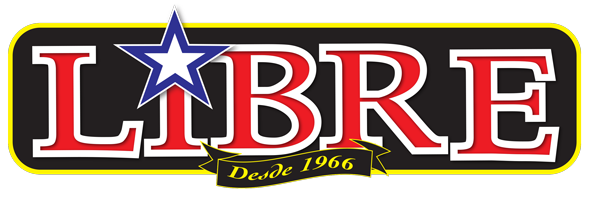


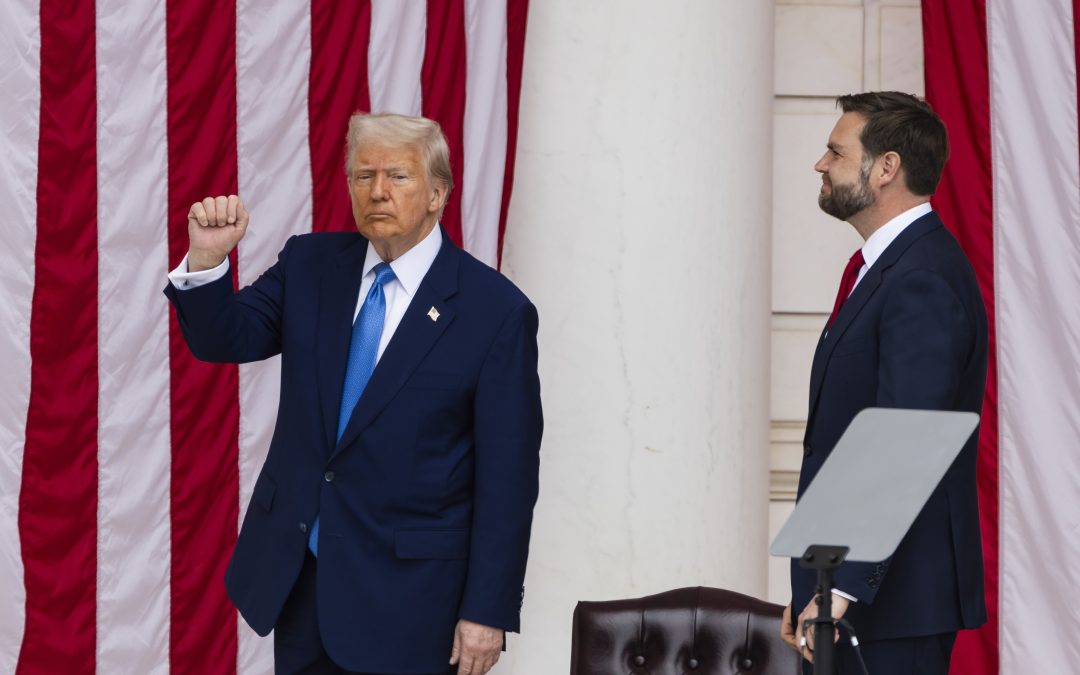
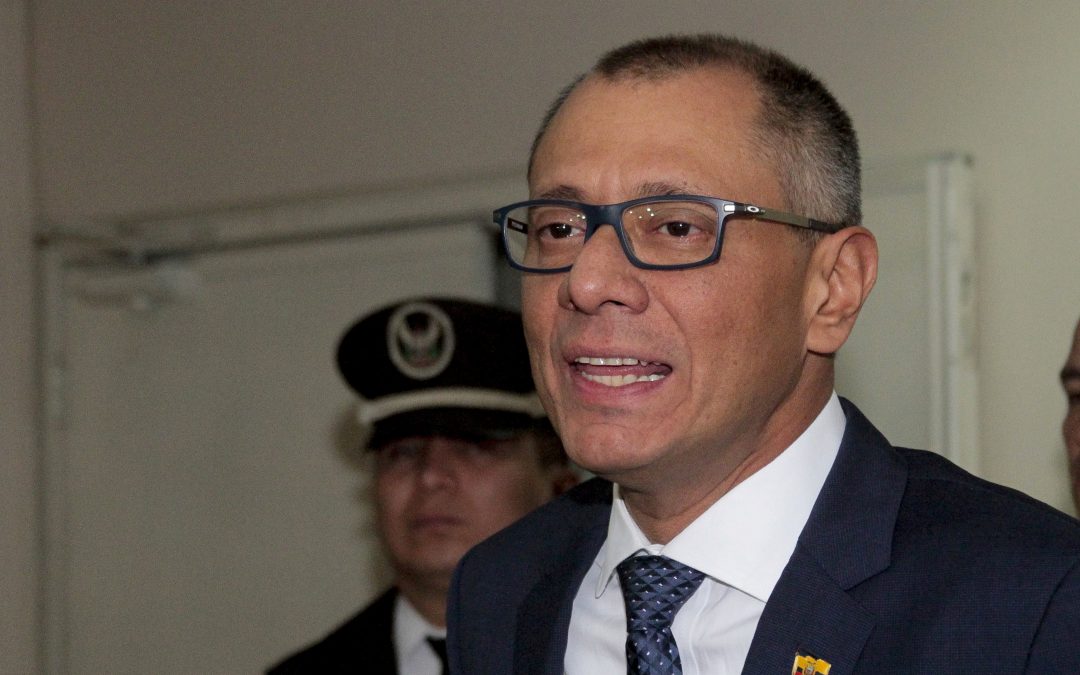


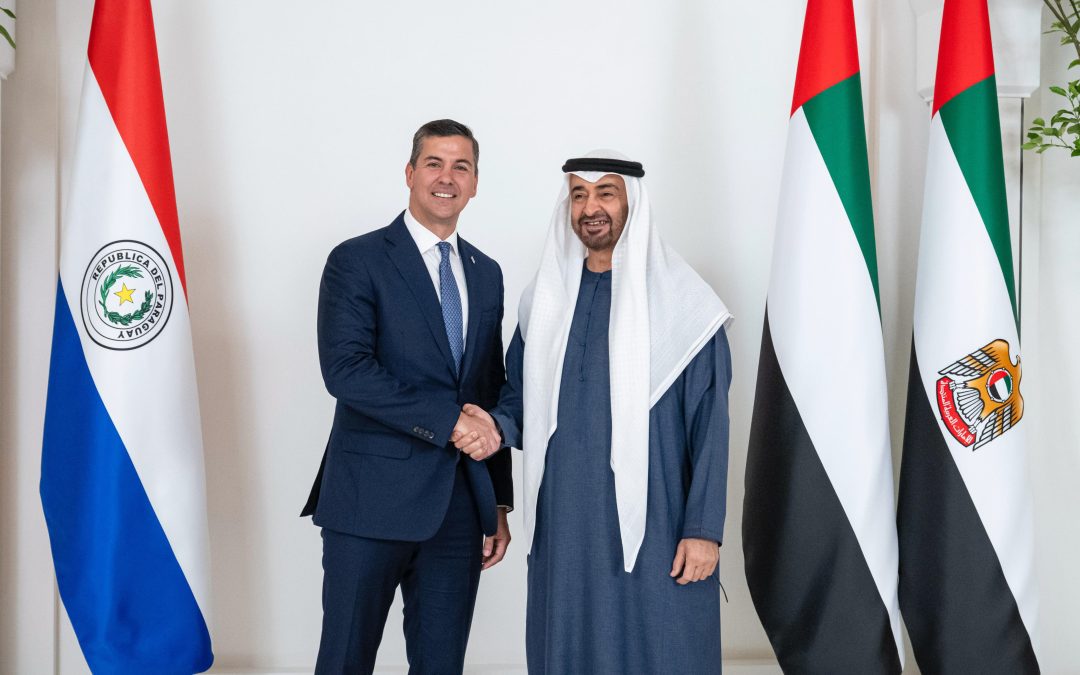


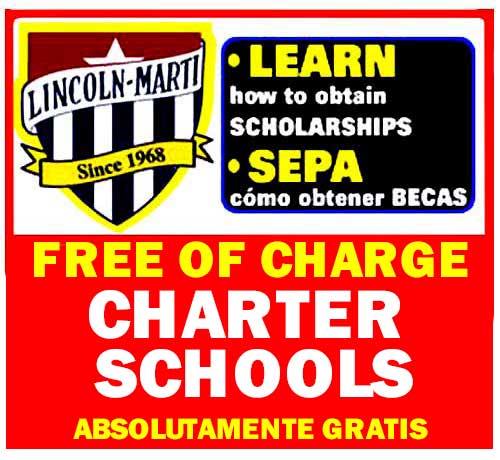

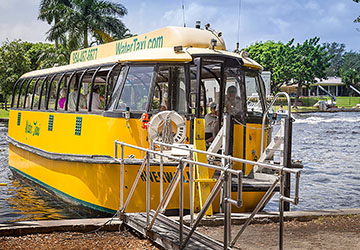
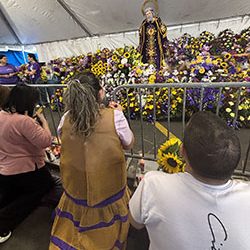
0 comentarios